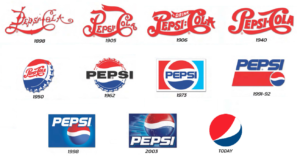Marketing Mix of PEPSI
Understanding 4Ps of Marketing Mix of Pepsi
Manufactured by Pepsico, Pepsi is a carbonated soft drink which was originally created and developed in 1893 by Caleb Bradharch and was introduced as Brad’s Drink.
Brad’s Drink was renamed to Pepsi-Cola in 1898 on 28th of August and finally to Pepsi in 1961.
With a global market share of approx 8.4%, Pepsi is the world’s second largest player in the soft drink market just close to Coca-Cola which has a global market share of 10.8%.
Over the years Pepsi has shifted its focus towards producing low sugary or low-calorie drinks so as to cater to customers who are health conscious and show interest towards healthier drinks and snacks.
This article talks about the Marketing Mix of Pepsi and explains how and why Pepsi transformed it’s product mix and changed its marketing strategy to meet the future needs of its customers’.
Let’s check out the Marketing Mix of Pepsi.
 PRODUCT: Product Mix of PEPSI
PRODUCT: Product Mix of PEPSI
Pepsi boasts a strong and broad range of product mix and has been adding new products or variants to their existing product line.
Following is the current product line that Pepsi has to offer under its brand name :
- Soft drinks
- Energy drinks
- Cereal
- Rice snacks
- Snacks
- Side dishes
- Breakfast bars
- Sports nutrition
- Bottled water
- Other merchandise
Over the years, consumer taste has evolved and become healthier. Research firm Ibis World has forecasted that per-capita soda consumptions will continue to see a downward trend without any scope of improvement. No amount of advertising budget or clever marketing can reverse this trend, the overwhelming secular trend against sugary, calorie-filled carbonated beverages cannot be reversed.
This downward trend of consumers towards sugary soda drinks is what prompted Pepsi to shift its focus from sugary soft drinks to healthy drinks & snacks and for this reason, PepsiCo merged with Frito-Lay to offer Quaker Oats, Tostitos and other food brands which are seen as healthier snacks options by the millennials.
Pepsi refocused on water, teas, sports drinks and juices. The company plans on expanding its nutritional business from $10 billion to $30 billion by 2020 and is relying on using its Gatorade, Quaker Oats, and Tropicana divisions to help the brand in making the switch from sugary sodas to healthier snacks and drinks.
Below are few major products that are offered under the Pepsi brand
- Lay’s: Pepsi merged with Frito lays to offer Lay’s under its parent brand.
- Mountain Dew: A carbonated flavored soft drink
- Gatorade: Number one sports drink in the US.
- Tropicana: Leading producer and marketer of fruit juices.
- Diet Pepsi: Low-calorie carbonated drink, aimed towards health-conscious consumers.
- Quaker oats: Breakfast cereals.
- Mirinda: Orange flavored carbonated beverage.
- Ready to drink Teas: A Joint venture between Pepsi and Lipton to make ready to drink Teas.
- Ruffles: Potato chips made from fresh potatoes, prepared in as less as 24 hours after potatoes are brought from the farms.
- Cheetos: A range of gluten-free products by Frito Lays.
- Tostitos: Another one of many gluten-free products by Frito Lays.
- Aquafina: Purified Mineral water sold under the brand of Pepsi
- Pepsi Max: Zero calories beverage by Pepsi and very fast growing brand outside US.
- Brisk: A brand of drinks produced through a joint venture between Pepsico and Unilever.
- Mist Twist: Lemon-lime flavored soda with a twist of real juice.
- Diet Mountain Dew: The low-calorie variant of Mountain Dew for health-conscious consumers.
The product range from Pepsi is larger and there are many more brands in its portfolio.
 Price: Pricing strategy of PEPSI
Price: Pricing strategy of PEPSI
One of the biggest competitors that Pepsi has in the beverage market is Coca-Cola. Thus, both the brands follow competitive pricing for their products.
Products are priced with a strategy so as to make them accessible for a larger customer segment without hampering the profit margins of the company. Different sizes of the products are available to the consumers at different prices, for example, Pepsi comes in 500ml, 750 ml, 1 ltr and 2.5 ltr bottle size and each of them is priced differently.
 Place:
Place:
Pesi has a presence in 250+ countries and has an extensive distribution network which covers every nook and corner of the globe. The company produces the beverage and transports it to the bottlers located in various parts of the globe. The bottlers then fill the beverage in the bottles and then transports those bottles to different stockists, then to distributors and finally retailers from where consumers can buy the products.
Extensive distribution network and easy availability of Pepsi has also helped it kill regional competition present in different countries and regions.
 Promotion: Promotion Mix of Pepsi
Promotion: Promotion Mix of Pepsi
Pepsi spends millions of dollars annually on promoting their products and create a top of the mind recall in the consumers’ mind. The company uses a proper mix of ATL, BTL and Digital channels for creating awareness and promoting their products.
Pepsi mainly uses young celebrity endorsers to promote their products and few of their previous brand ambassadors have been, Shahrukh Khan, Sachin Tendulkar, Amitabh Bachchan etc.
Through its ads, Pepsi mainly targets the younger lot of the customers as they are the ones who can relate to the young, sporty, energetic image of the brand.
Over the past few years, Pepsi underwent a lot of transitions, be it the brand slogans or the Brand logo, Pepsi has never shied away from change and has adapted well with the changing time and need.
This concludes the Marketing Mix of Pepsi.
Related articles:
What is the Marketing Mix of Nike
What is Marketing Mix of Samsung
Check out the Marketing Mix of Adidas
Learn more about the 4ps of Marketing Mix
What is Marketing Mix of Apple and how it’s helping in creating worlds most valuable brand?
What is the Marketing Mix of Amul?
Understand the Marketing Mix of Cadbury!
Check out the marketing mix of Nestle and understand their 4ps of the marketing mix
Understand the Marketing Mix of Google and its 4ps of Marketing Mix.
Understand the Marketing Mix of BMW and what makes it different from its competitors.
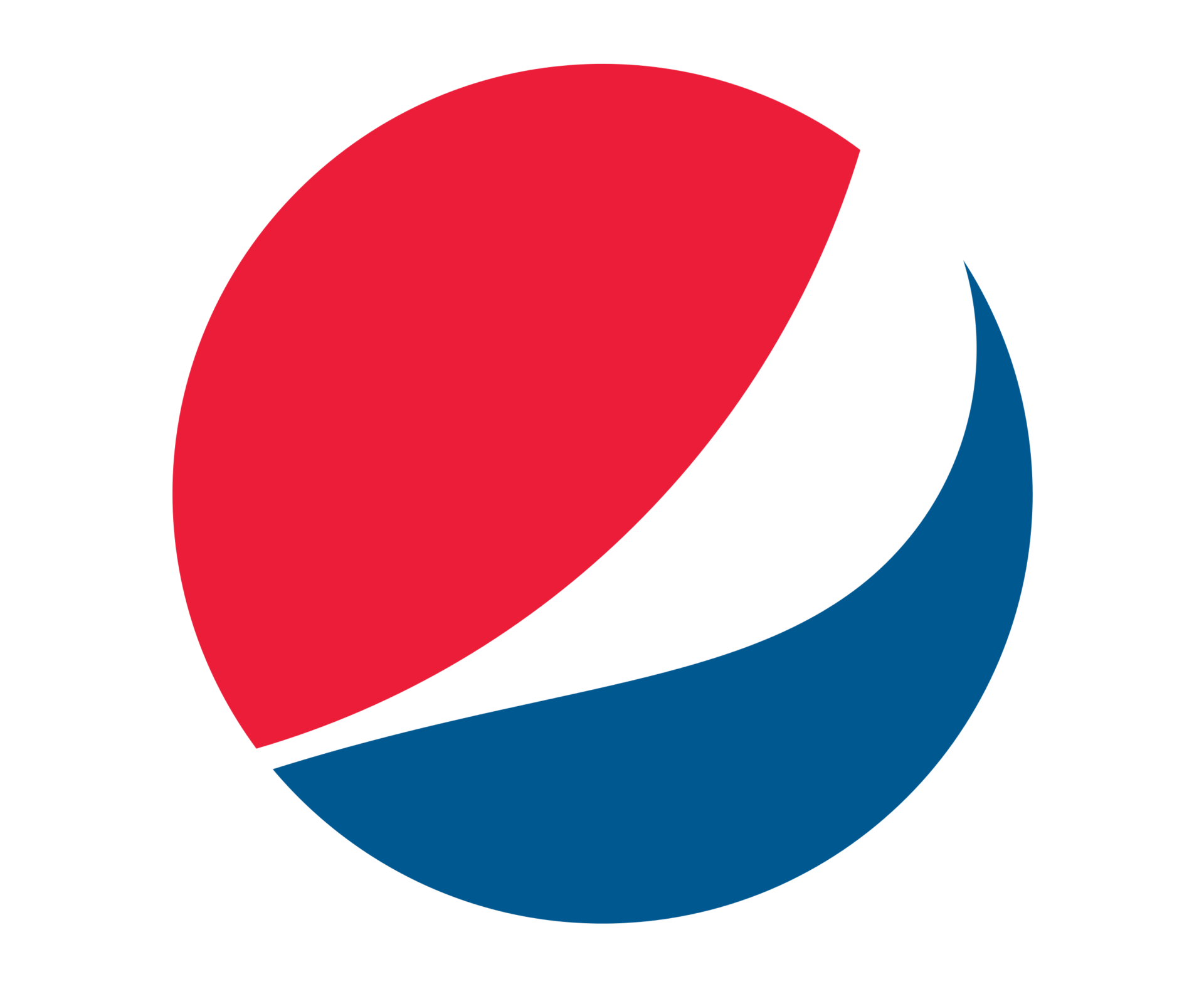
 PRODUCT: Product Mix of PEPSI
PRODUCT: Product Mix of PEPSI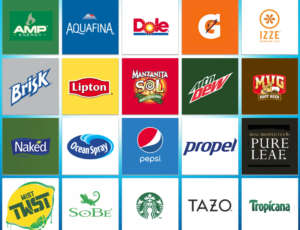
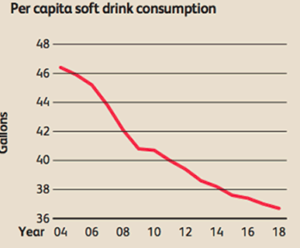
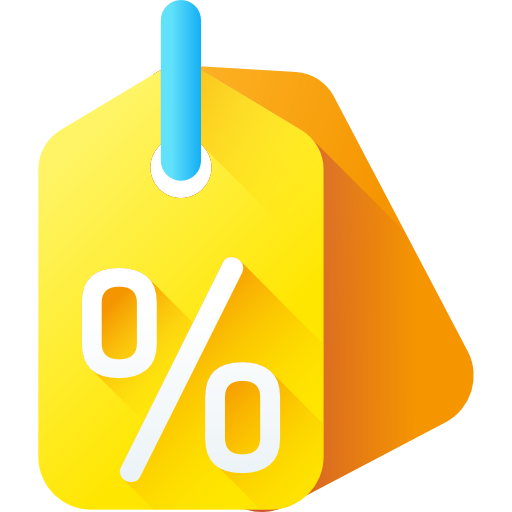 Price: Pricing strategy of PEPSI
Price: Pricing strategy of PEPSI Place:
Place: Promotion: Promotion Mix of Pepsi
Promotion: Promotion Mix of Pepsi